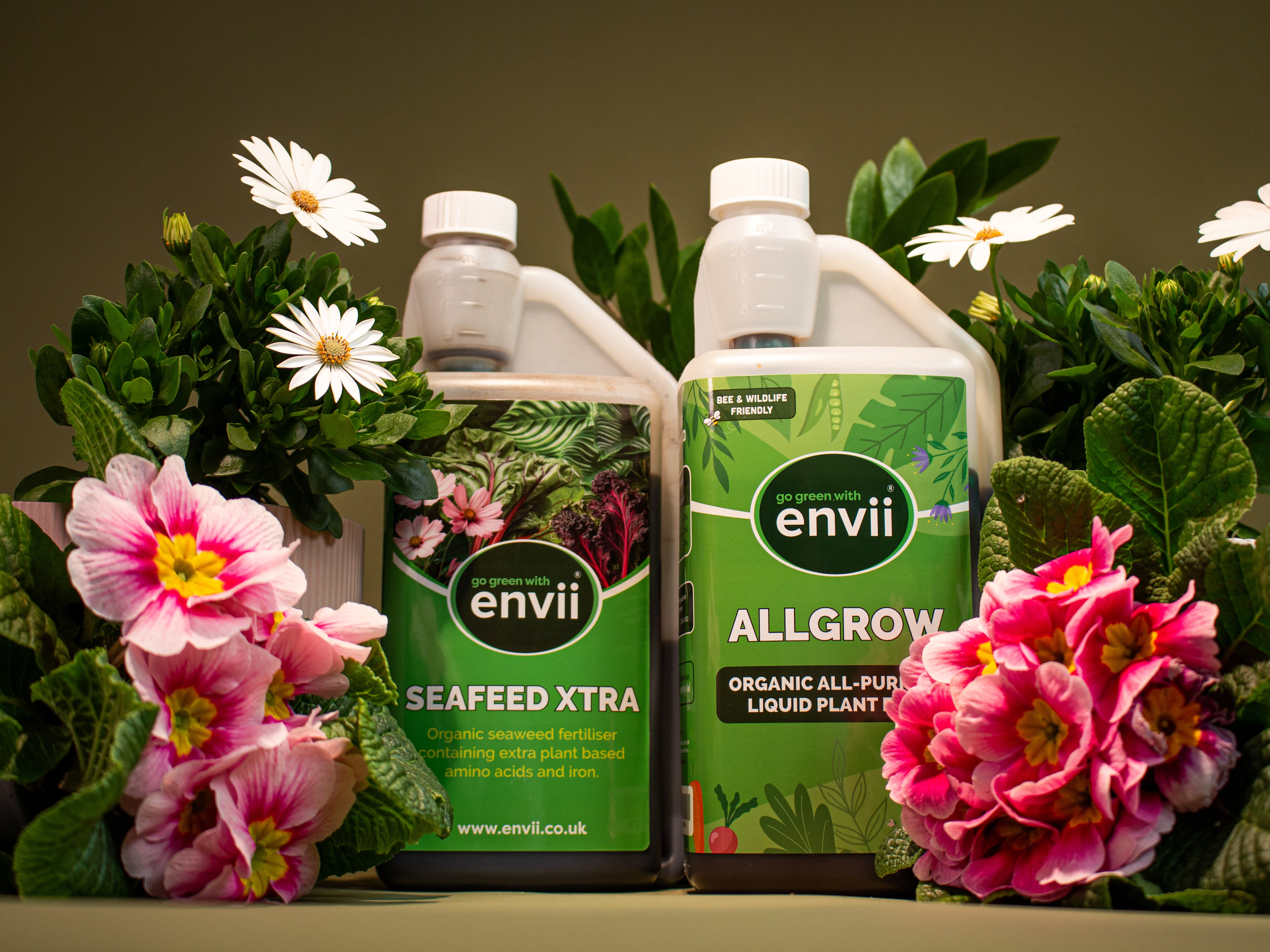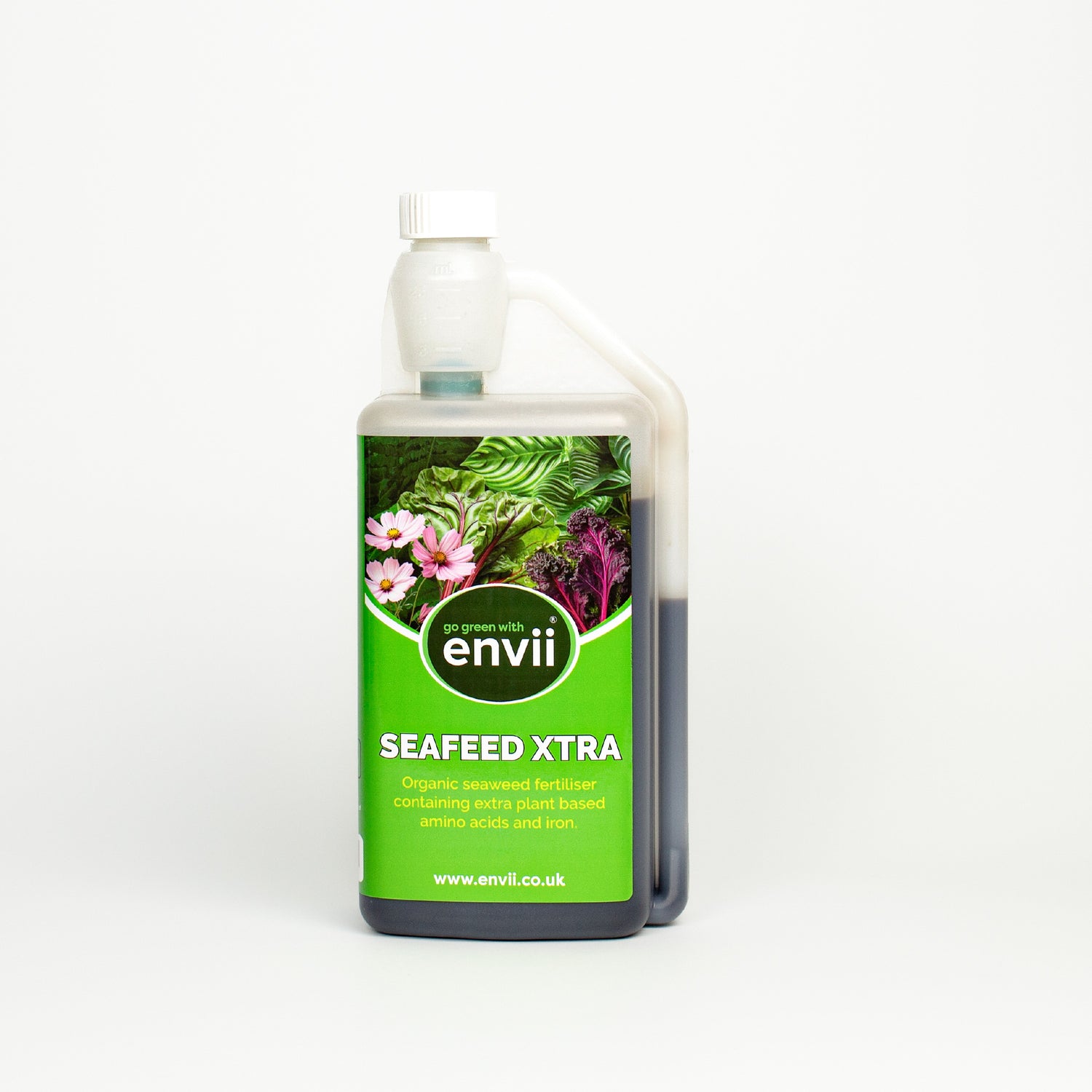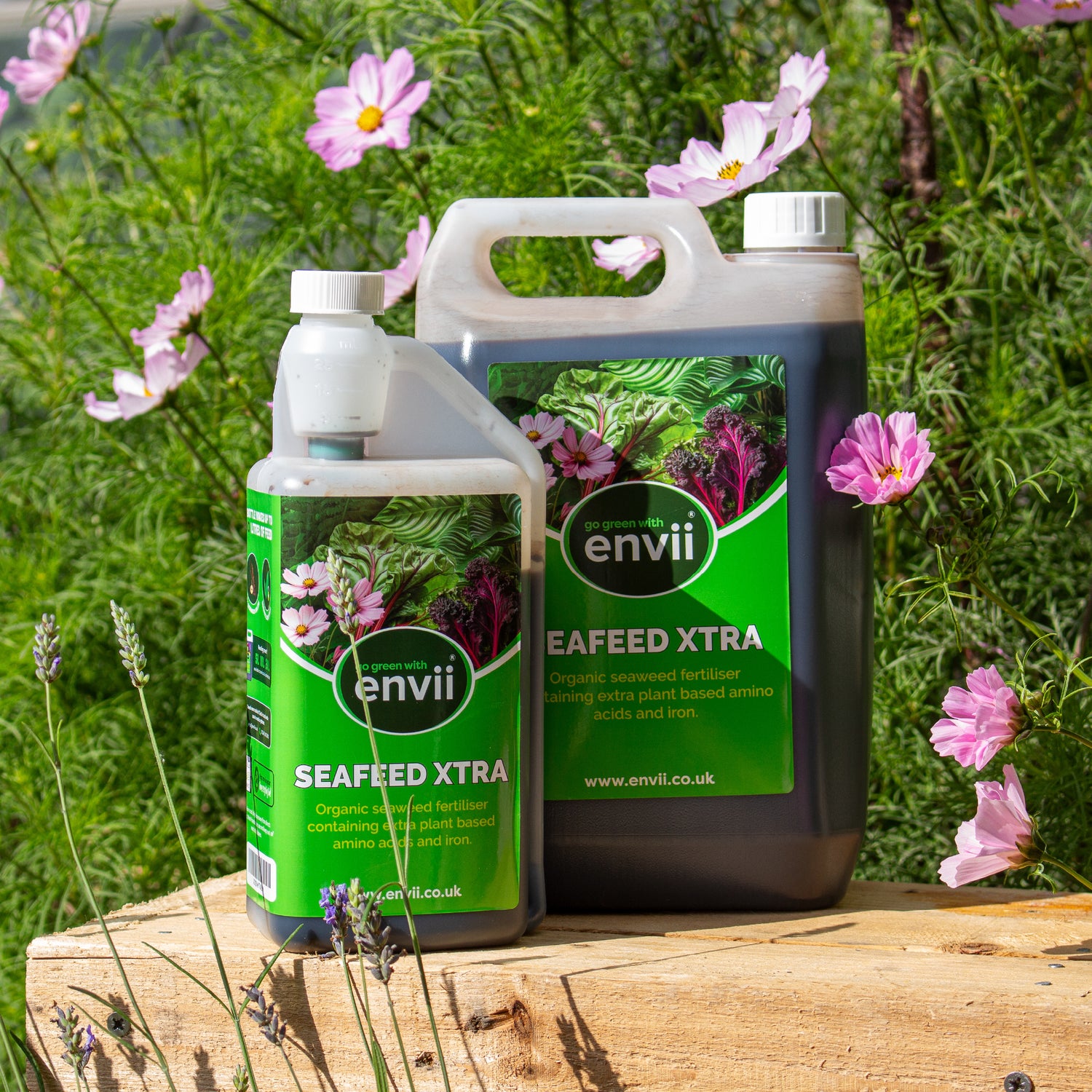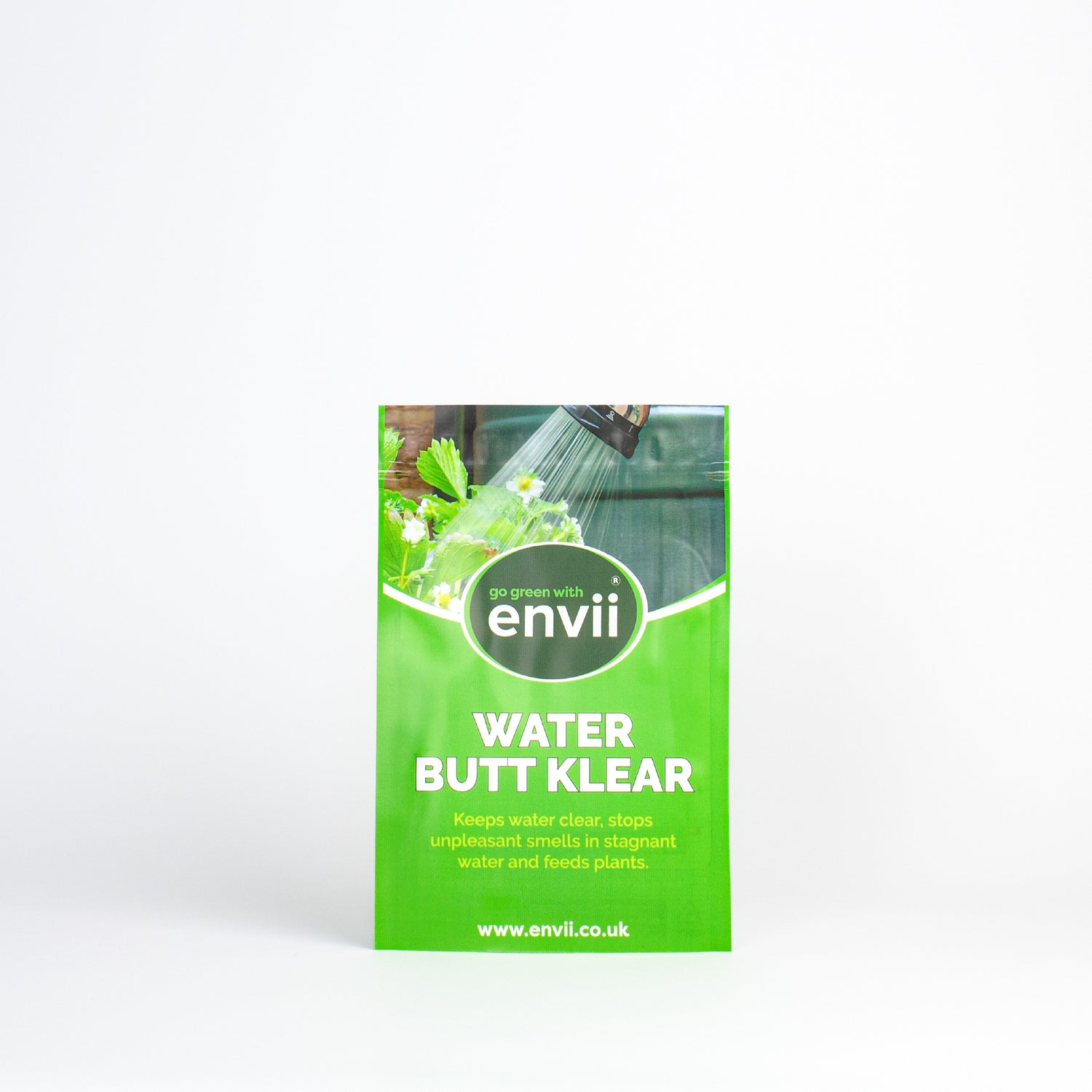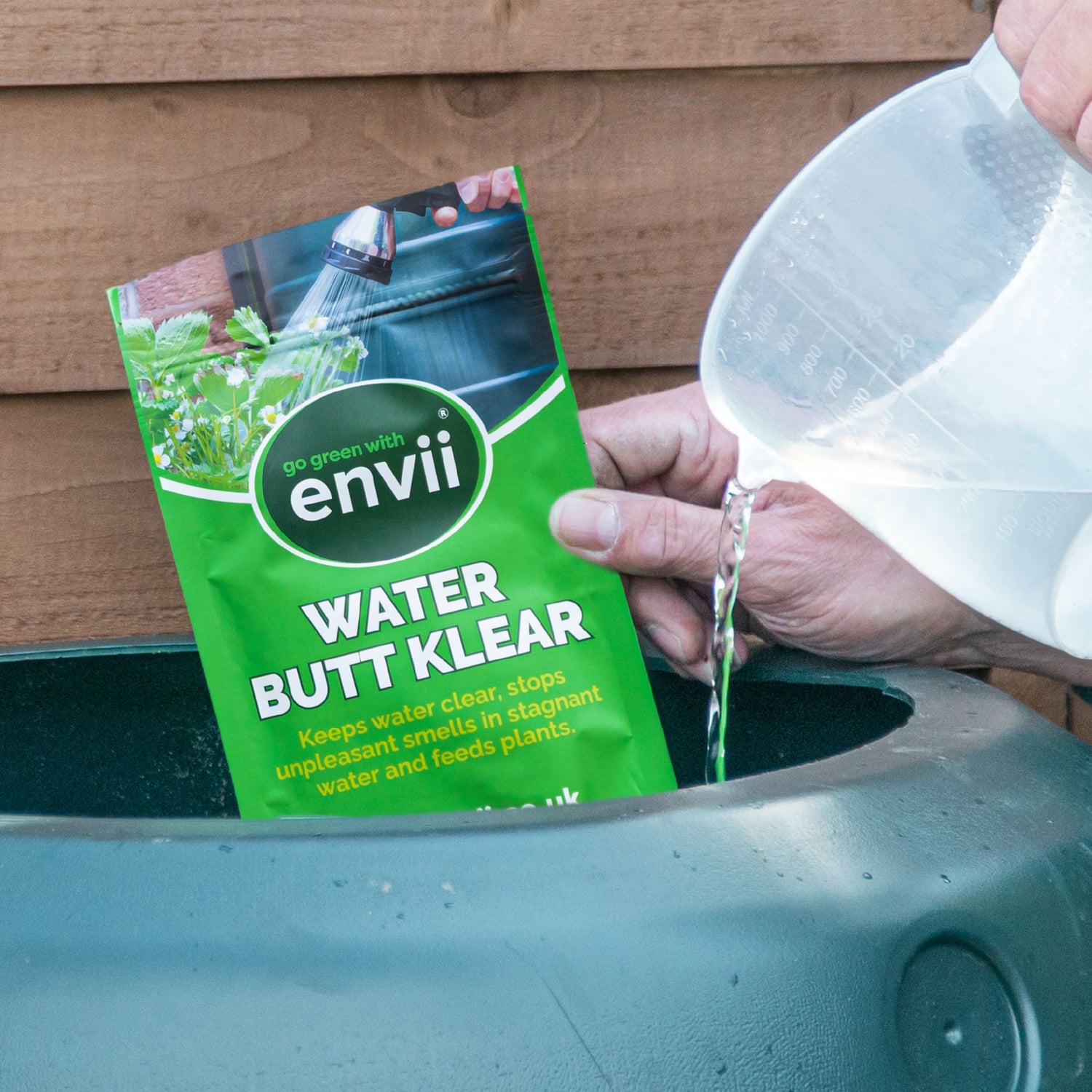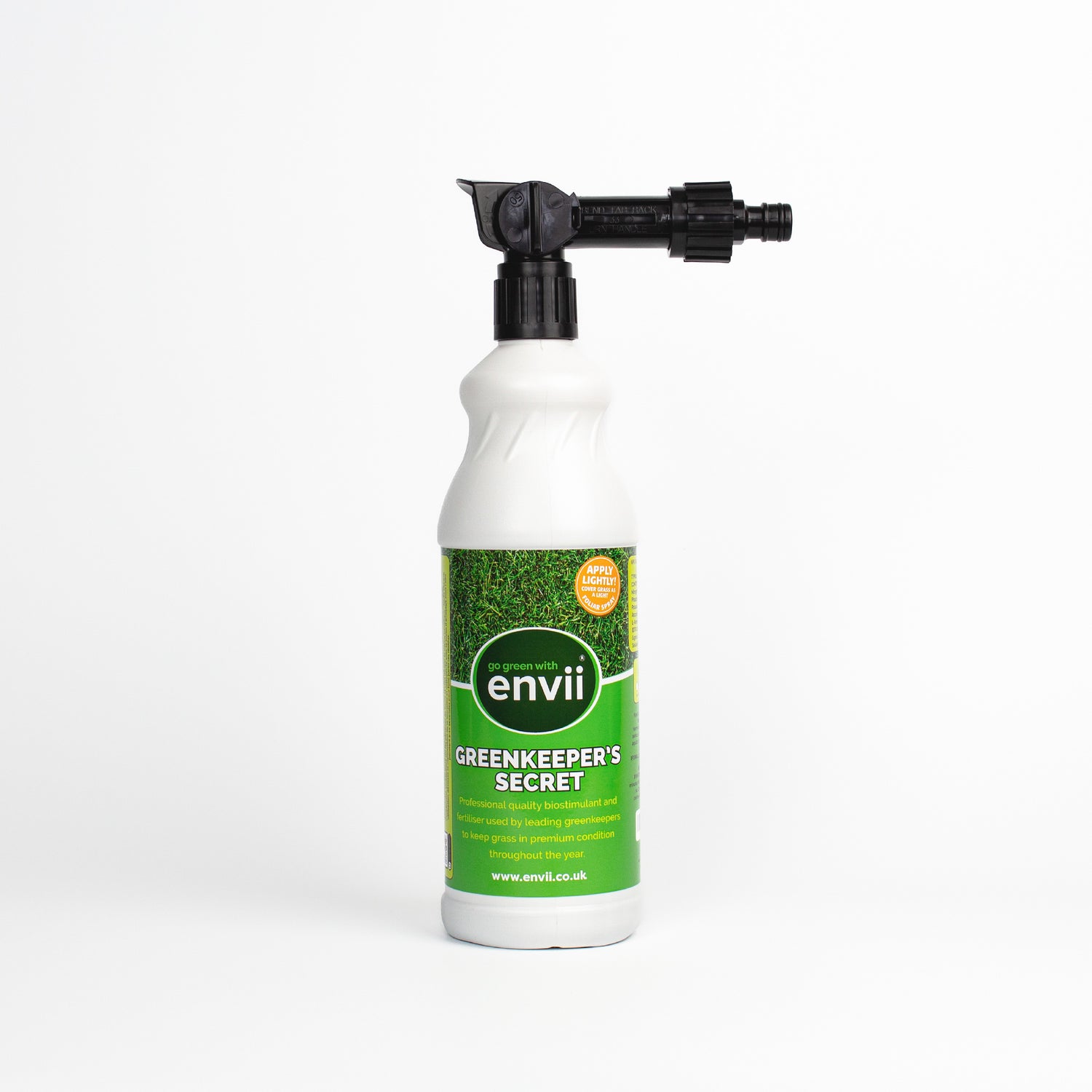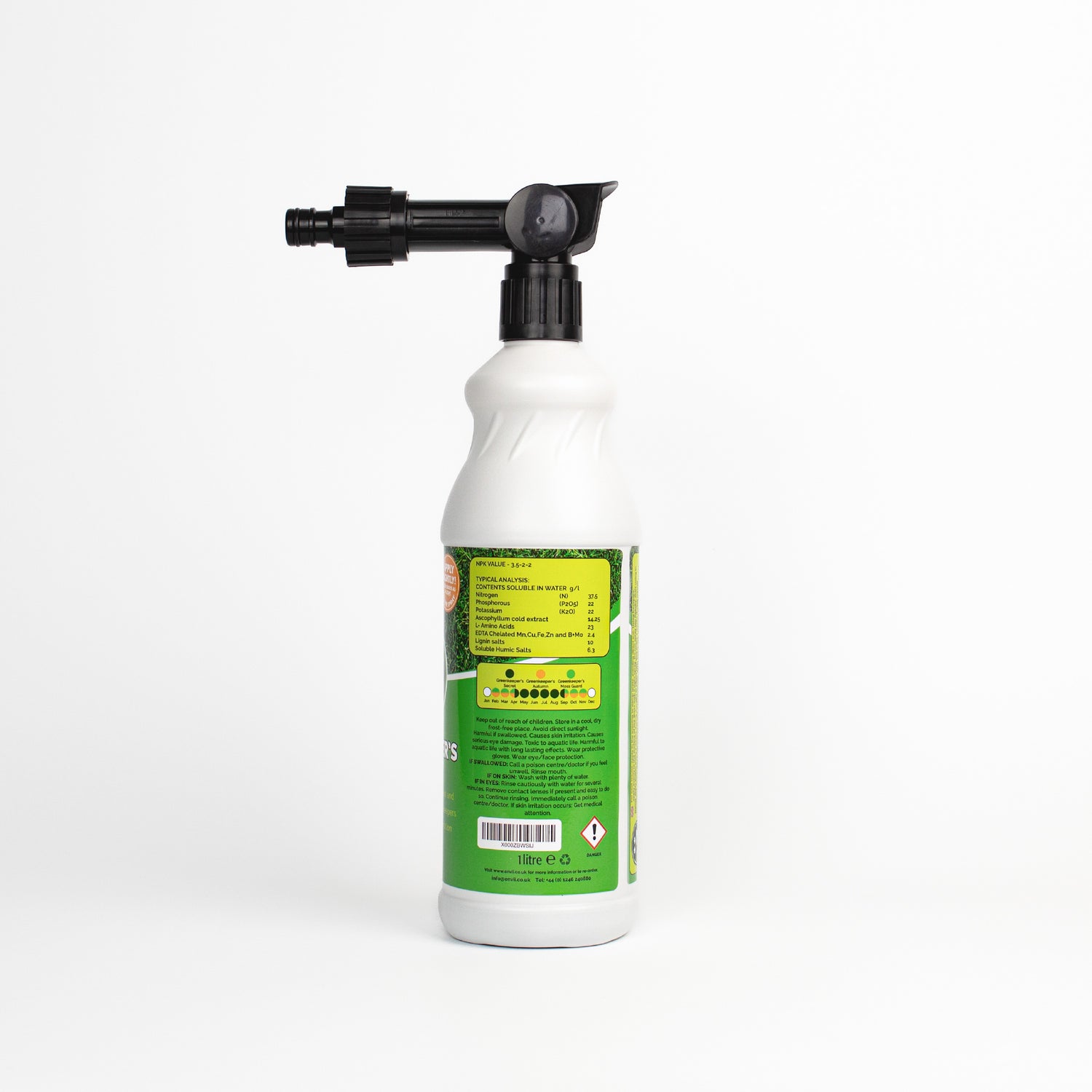When planning your garden for the growing season ahead, perennials should be some of the fundamental plants to base your garden around. They provide structure and colour to your borders year after year and are a cost-effective way to establish a long-lasting, low-maintenance garden.
But exactly what are perennials, and how do they differ from other garden plants? Read on for some jargon-busting and to find out more.
What Are Perennials?
In the broadest terms, perennials are plants that live for more than two years, regrowing each spring from the same root system.
Unlike annuals, which complete their life cycle in a single year, Perennials provide lasting value as they bloom season after season, ensuring your garden stays vibrant every year.
Types of Perennials
Perennials can be categorised as either deciduous or evergreen. Deciduous perennials die back to the ground in the winter, with their roots remaining alive but dormant underground until they sprout again in the spring. Conversely, Evergreen perennials maintain their foliage throughout the year, offering year-round greenery to your garden.
It’s worth noting, however, that climate plays a significant role in determining whether certain plants are considered perennials. For instance, some species thrive as perennials in warmer regions but struggle to survive the colder winters of harsher climates. These plants have the ability to flower year after year but the Winter weather stops them from doing so.
These may be classified as either half-hardy or tender perennials, depending on their cold tolerance. With proper protection, such as mulching or relocating them indoors during winter, some tender perennials can still be preserved year-round.
Examples of tender perennials are French lavender, chillies and pelargoniums, all of which some gardeners will grow as annuals rather than bringing them indoors to overwinter.
What Are Annuals?
Annuals are plants that live their entire life cycle within a single growing season. This means they sprout from a seed, grow, bloom, and die all within one year.
While they don’t return each year like perennials, gardeners prize these plants for their vibrant blooms. Often, gardeners use them to complement perennials and fill in gaps in their flowerbeds, ensuring a garden stays lively and colourful from spring to Autumn.
Many annuals such as love-in-the-mist, Calfornia poppies or marigolds may seem to appear to come back every year but in fact, will readily self-seed. These plants will drop seeds in late Summer and then naturally germinate the following Spring.
What Are Biennials?
Biennials are plants that complete their life cycle over two years, growing leaves in the first year and flowering in the second before dying. Unlike annuals, which grow, flower, and die within one season, biennials take longer to reach maturity.
They focus on growing a strong foundation of roots and leaves in their first season and then flowering can take place in the second year.
Examples of biennial plants include Foxgloves and Sweet Williams, which both make great additions to the garden. To ensure they have enough time to grow before winter, they are typically sown in June or July.
When Do You Cut Back Perennials?
The specific plant and your climate determine when you cut back perennials. Deciduous perennials can be pruned in late autumn or early spring to remove dead foliage and make way for new growth.
However, some gardeners prefer to leave the stems and seed heads intact through the winter which both adds interest and provides food and shelter for wildlife. Evergreen perennials generally only need a light trim to tidy up any dead or damaged leaves.
-
Echinacea
Known for its raised cone centre and striking petals, this hardy flower attracts pollinators and adds vibrant colour to the garden through to autumn.
-
Agapanthus
With firework-like flowers on tall stems, these plants resemble alliums but offer more foliage and multiple heads per plant, creating a stunning display.
-
Sanguisorba
These clump-forming British natives are ideal for adding airy texture to wildflower meadows and naturalised garden areas.
-
Achillea
A favourite of hoverflies, Achillea creates a home for aphids and is popular in wildlife planting. Available in a variety of calm pastels or vibrant shades.
-
Rudbeckia
With their rich, gold and red tones, these autumnal blooms are long-lasting and make excellent cut flowers. They resemble Echinacea but have a more robust, cheerful appearance.
-
Verbena bonariensis
Tall and elegant, with tiny purple flowers, these plants provide height at the back of borders and attract pollinators.
-
Stachys
Known as lamb’s ear for its woolly leaves, this plant adds texture to your garden, with tall flower spikes featuring tiny pink or purple blooms.
-
Eryngium
Sea holly, with its spiky, thistle-like appearance, brings striking blue or white hues to the garden. Thrives in drier, less fertile soil.
-
Dahlias
The stars of late summer, these plants come in a variety of shapes, sizes, and colours. Their tubers can be left in the ground in milder areas, with some protection over winter.
-
Lupins
With beautiful fanned leaves and tall spikes of flowers, lupins are perfect for cottage gardens. Part of the legume family, they prefer soil with lower nutrients and may benefit from a potassium-rich feed.
-
Alliums
Classic late spring bulbs that return year after year. Some varieties can grow over a metre tall, and their dried flower heads provide interest in the garden throughout the seasons.
-
Lavender
Hardy, fragrant, and attractive to bees, lavender makes a lovely shrubby plant for hedges or borders. Varieties can vary in hardiness, however most thrive in full sun and well-drained soil.
-
Clematis
A versatile climbing plant that produces abundant flowers in a range of colours. Different varieties bloom at different times, making clematis perfect for adding seasonal interest to fences, pergolas, and trellises.
-
Peonies
With their large, fragrant blooms, peonies are a garden favourite for late spring colour. Their short flowering period is compensated by their dramatic and beautiful presence.
-
Salvia
Known for their striking pink and purple flower spikes, perennial salvias are compact, shrubby plants with mint-scented leaves. They attract a variety of wildlife and can add vibrant colour to your garden.
-
Erigeron
Low-growing, semi-evergreen perennials with cheerful pink and white daisy-like flowers. Great for rockeries or as a mat-forming ground cover in sunny spots.
-
Hydrangea
Shrubby plants with large, fluffy blooms, hydrangeas can change colour depending on soil pH, ranging from pink to blue. Their flower heads provide winter interest, making them perfect for cottage gardens.
-
Astrantia
Clump-forming perennials with delicate white flower umbels tinged with green or pink. These plants are great for adding both foliage interest and long-lasting summer blooms.
-
Hardy Fuchsia
Fuchsias are known for their bell-shaped flowers that hang down in a graceful manner. Ideal for part-shaded or full-sun spots, they add colour and movement to the garden.
-
Hellebores
Unique winter-blooming plants, hellebores thrive in shaded areas and are great for early-season colour. They self-seed, and as a result, your collection will naturally increase over time.
How to Feed Perennials
As your perennials begin to grow, proper feeding is essential to help them thrive year after year. Fertilising perennials with the right nutrients ensures they have the energy to produce abundant blooms and develop strong, healthy root systems.
For the best results, you’ll want to feed your plants with a balanced fertiliser.
An all-purpose feed like Envii Allgrow provides an excellent all-around solution, helping plants grow vigorously while supporting their long-term health.
For more detailed advice on how to feed your plants properly, be sure to check out our full guide on How and When to Feed Your Plants.
Conclusion
Perennials are a fantastic addition to any garden, offering enduring beauty, structure, and value for years to come. With careful planning, a selection of easy-to-grow perennial flowers can create a colourful, low-maintenance garden that thrives with minimal ongoing care.
We hope you found our list of easy-growing perennials useful, and for all your other garden planning needs, be sure to check out our blog on How to Plan a Garden.
Share
